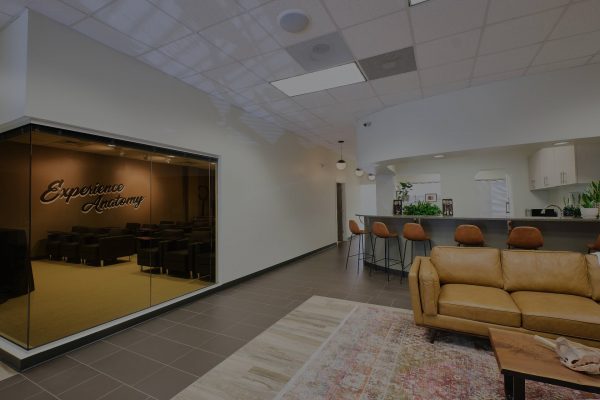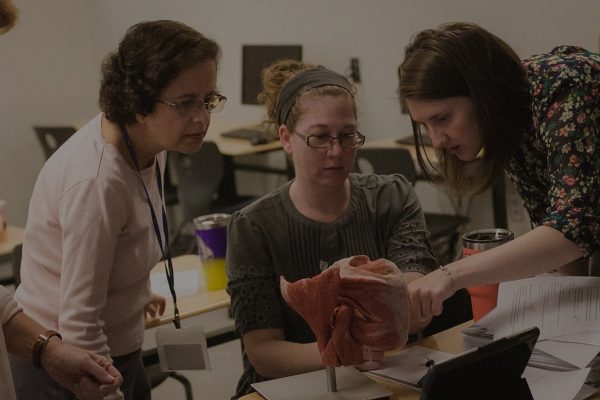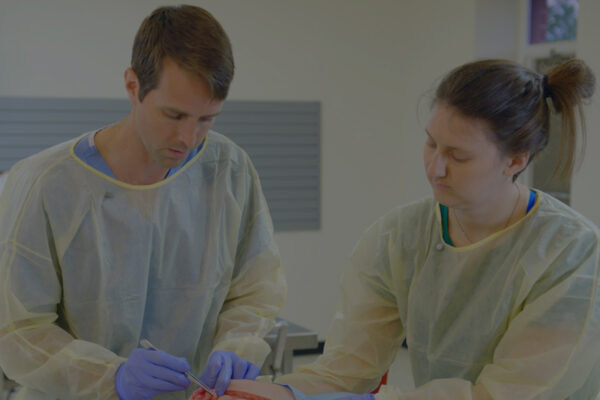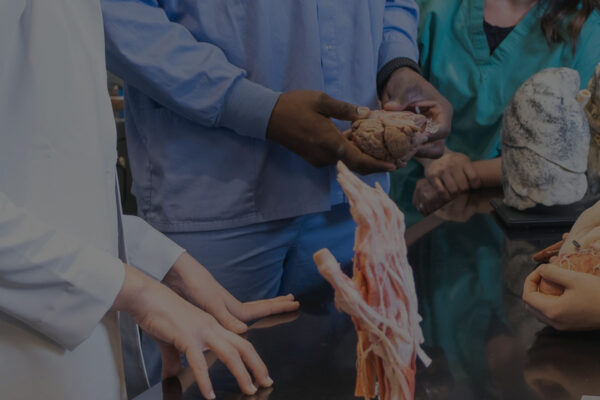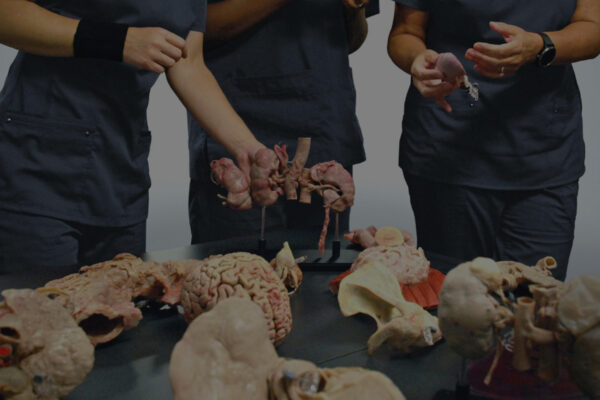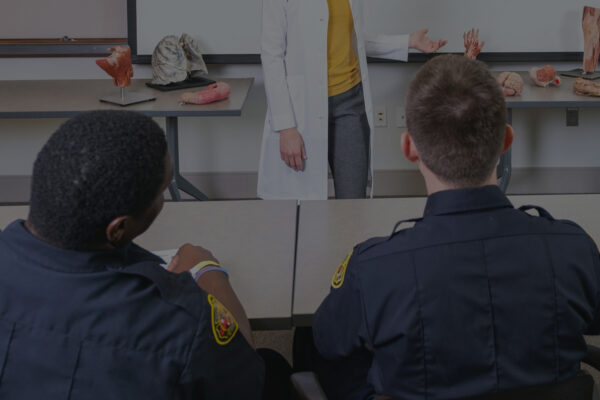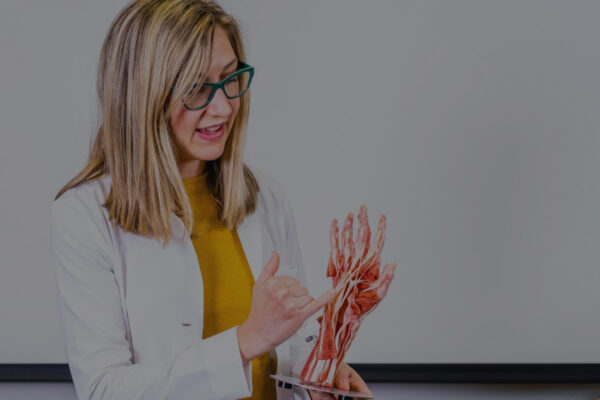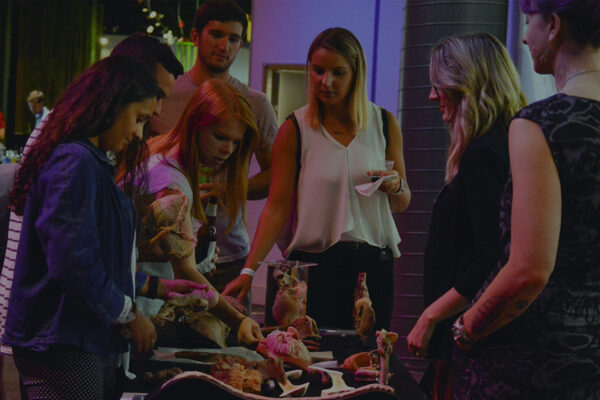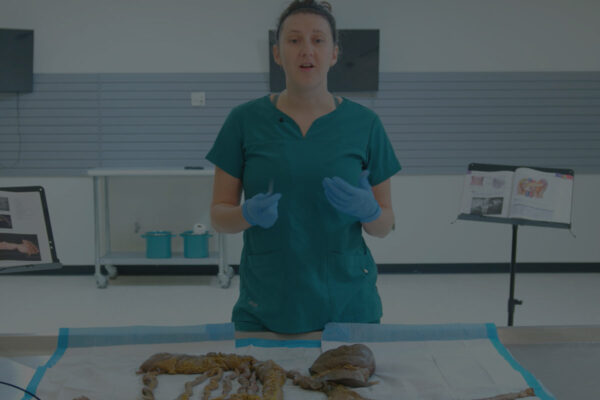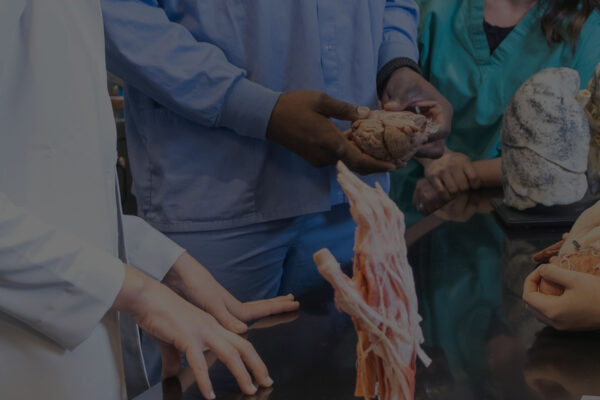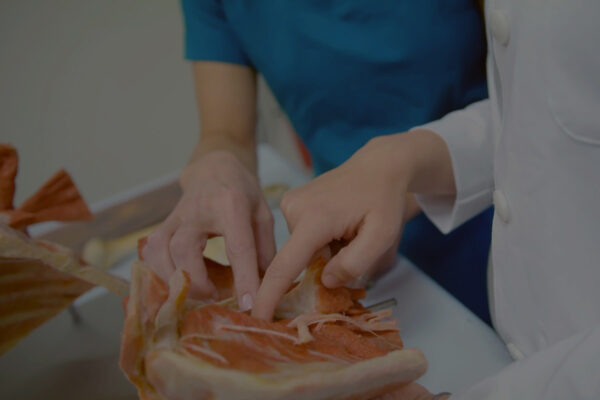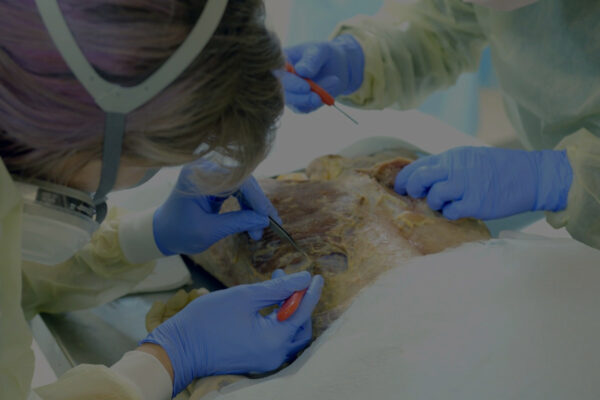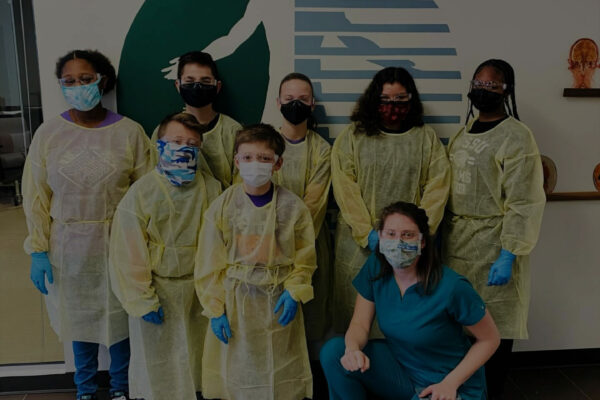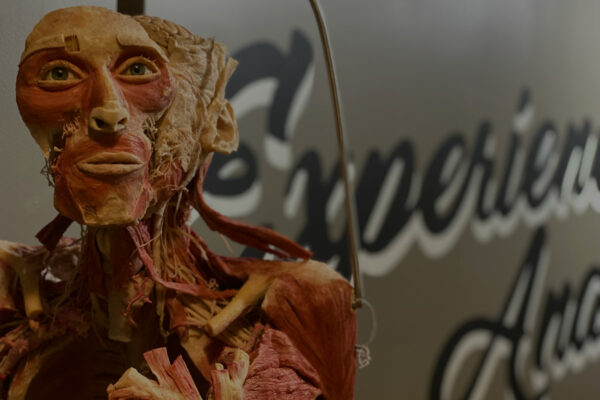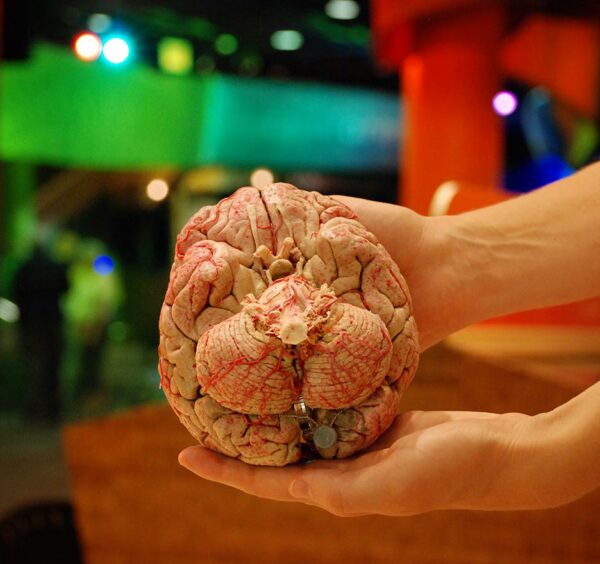
Plastination is a dynamic and beautiful form of preservation pioneered by the German scientist Guthervon Hagens. His enthralling anatomical creations can be seen in Body Worlds exhibitions and museums around the globe. These specimens are real human tissue that have been skillfully dissected then positioned in eye-catching and anatomically relevant posesto educate and inspire both medical professionals and the general public. The unique process of plastination takes place in von Hagens’ Plastinarium located in Guben, Germany. The plastination process takes over 1500 hours per specimen and is worth the effort as Von Hagens’ plastinates are the highest quality and best plastinates in the world.
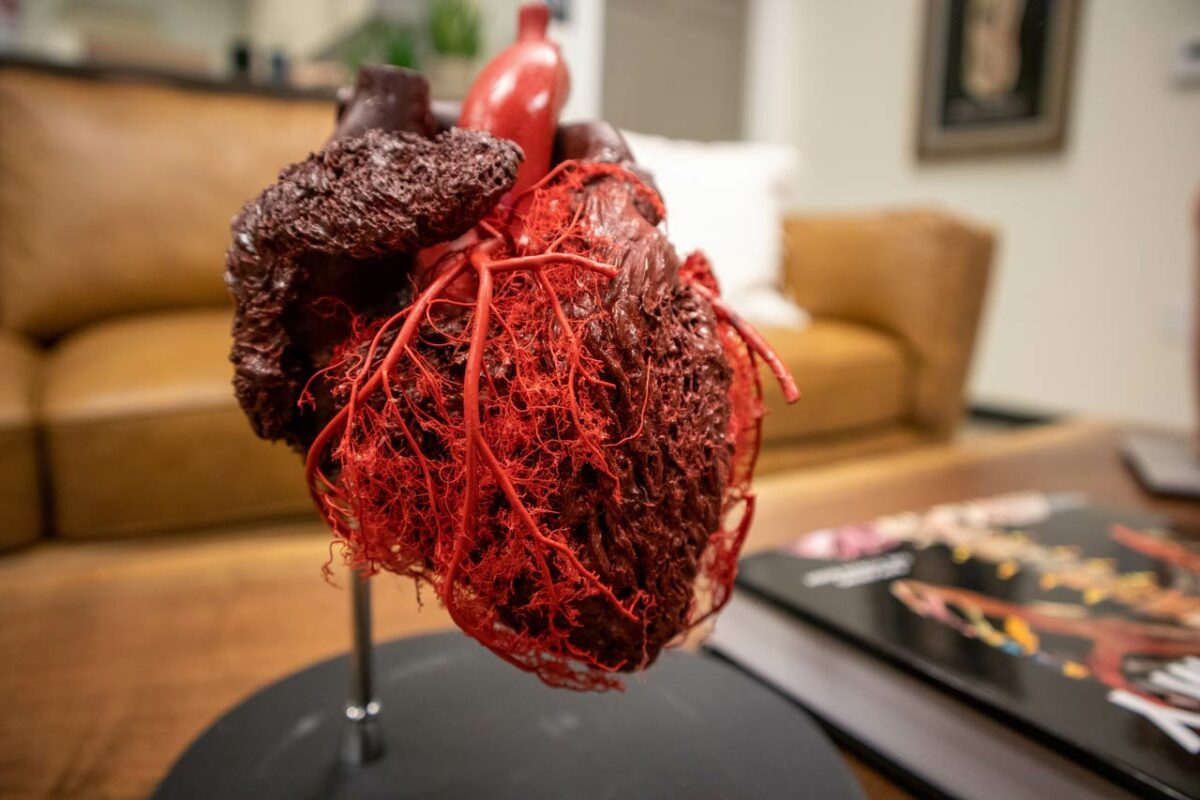
Process
- Embalming: The body is injected through the arteries with formaldehyde which is a chemical that stops the degradation process and preserves the tissue.
- Anatomical Dissection: Professional dissectors spend hours working on the body in a very highly detailed and precise manner creating a high-quality specimen.
- First Chemical Bath: Once the dissection is complete, the body is submerged in a chemical bath where the water and fats are dissolved and replaced with acetone.
- Second Chemical Bath:The body then undergoes a second chemical bath containing a reactive polymer, or silicone, while sealed in a vacuum chamber. Under negative pressure, acetone leaves the body and is replaced by the polymer.
- Positioning: The body can then be removed from the tank and is flexible enough to be rigged-up in the agreed-upon position by the technicians.
- Curing: The final step is to cure the body using heat, gas, or light so it hardens and can remain in that position.
Ethics
Every specimen plastinated at the Plastinarium comes from a body donor who gave legal consent during their lifetime. Each donor is informed about the process of plastination and how their body will be usedfor educational purposes. Most donors come from Germany and are very eager to be part of the Body Worlds and Plastinarium’s legacy. Sales of plastinates is limited to qualified users for teaching and research purposes only.
Anatomy Education
Only museums and a few universities have access to these specimens to provide anatomical education to the public. These plastinates render authentic human anatomy enabling a new way of educating with exceptional learning experiences. The extreme detail of each specimen allows for a deeper understanding of anatomical relationships since much of the specimen remains intact. This allows structures to be revealed and relationships to be observed and identified in a true to life model.
Taking the Dissected Body Out of the Lab
Plastinates are dry, non-toxic, and odorless. Although a cadaver dissection course is a gold standard for studying the body, plastinates are a useful alternative to wet specimens. Using plastinates in a classroom setting eliminates exposure to formaldehyde fumes in a lab and gives schools opportunities to study the body without the access or maintenance of a cadaver lab.
How to Use Plastinates
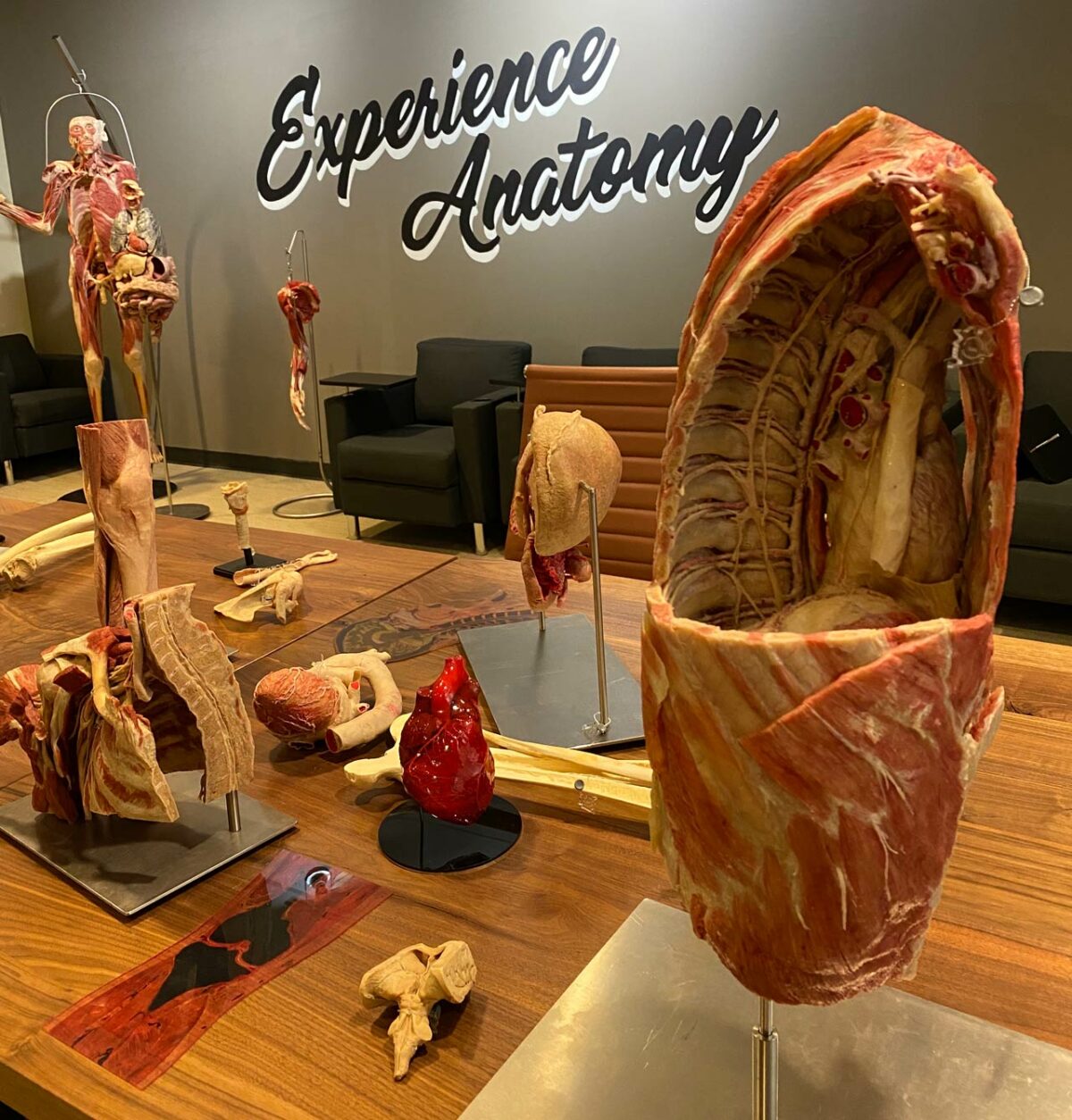
At Experience Anatomy, we are proud to have a collection of von Hagens’ plastinates on display to use for our educational workshops and to rent out to local schools. We use them as supplemental resources to show detailed anatomical relationships between structures. Having students hold and interact with the plastinates gives them a new way to see the interconnectedness of the human body and how they see themselves.
Monica Fong’s role at Experience Anatomy includes a variety of tasks including creating academic curriculum, facilitating dissection workshops, and working on individual dissection projects. She received her MS in human anatomy from the University of Colorado Anschutz Medical Campus where she had the opportunity to teach anatomy to medical and physical therapy students.
Her passion for anatomy comes through in her teaching and you will feel inspired to learn more about the human body after attending her workshops. She loves investigating the variations within the human body, applying anatomy to movement-based practices, and exploring new perspectives on anatomy. When she’s not in the lab, Monica will be rock climbing, outside in nature, or traveling the world as she loves to explore not only the human body, but also history, cultures, and environments around the world.
